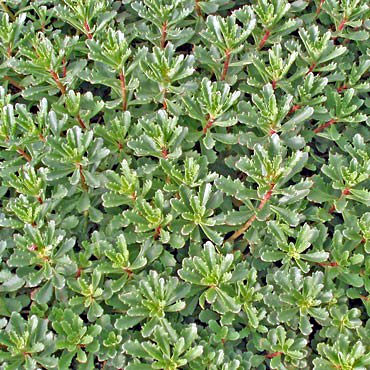I had to look this up, didn’t know about it. Daaaang.
http://www.clemson.edu/extension/hgic/hot_topics/2010/03artillery_fungus.html
During the cool, moist spring and fall temperatures, the artillery fungus produces very small, cup-like fruiting bodies on pieces of wood in the mulch. From these reproductive structures, the fungus is capable of shooting its sticky, black spore packages as far as 6 to 8 feet up and 20 feet out from the infested mulch. They will adhere tightly as if super-glued to the paint on a car, to the siding of a home and even to nearby plant foliage.
…
Alternatively, one may remove the wood and bark mulch and replace it with synthetic mulch, such as shredded rubber mulch and artificial pine needles. These should last much longer and not provide a medium for growth of fungi. Groundcovers may be used in lieu of thick mulch in beds, and dense groundcover growth will help prevent the sporulation by the artillery fungus.
http://www.personal.psu.edu/users/d/d/ddd2/
Q7: Why do light-colored houses and cars have more problems than darker cars and houses?
A: In nature, the artillery fungus shoots its spores towards sunlight to aid in dispersal. In the absence of direct sunlight, it shoots the spores at highly reflective surfaces, such as white house siding. And, of course, the black spots show up better on white surfaces, so they are noticed more easily.
Q8: The artillery fungus problem seems to be much more severe now, than in the good old days. I don’t remember this being a problem 20 - 25 years ago. Why is it now a problem?
A: This is a tough question. Wider recognition and awareness of the artillery fungus by the public certainly has led to a perceived increase in the problem. However, I think the problem is also realistically more severe than in past years, partly due to increased use of landscape mulch. There is more mulch being used these days, and therefore, more favorable material for the artillery fungus in our urban and suburban areas.
The artillery fungus may be just as common out in mulched flower beds far away from your house, but it is not noticed at that location. But, put the same mulch (and artillery fungus) next to your house foundation, add a white or reflective siding, and you may have a severe problem!
In addition, it is my experience that the artillery fungus seems to prefer wood as opposed to bark. Much of the mulch that we use today is recycled wood – in the past, most mulch was bark. In addition, the finely-shredded mulches used today hold more moisture than the older coarsely ground mulches – this favors fungi, because they need moisture to survive and sporulate.
Sporulate, there’s a word I’d not have expected.
Sounds like something which should be said with a hillbilly accent.
(and now I can see a horse drawn wagon its side emblazoned with “Augustus Flinstock’s world famous patented anti-sporulation tonic”)


